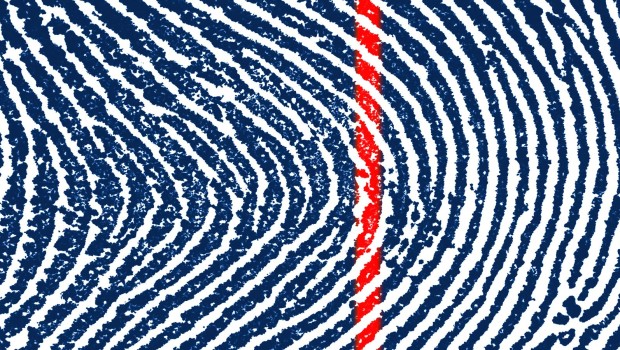Searching for Digital Clues: Modern Mobile Devices and Big Data
With digital forensic tools becoming more and more advanced, you might think it’s easier than ever to harvest data from cell phones, capture calls right out of the air, and track a person through Facebook, Twitter, or via their text messaging and GPS. The truth is that investigators are struggling to keep up with the inflow of information and how to process it.
What Is Digital Forensics?
Digital forensics is the science of gathering and analyzing data from electronic devices. Like traditional forensics, its aim is to aid in the investigation of a case, whether it’s a crime or for personal purposes (e.g. hiring a private investigator to gather information on a potentially unfaithful spouse).
Forensic tools include sophisticated hardware and software which is capable of capturing, retrieving and storing information from electronic devices, even if that information has previously been deleted.
Big Data Makes Digital Forensics Complicated
The problem with digital forensics is that it’s gotten rather complex in recent years. In the early days, digital forensics only had to concern itself with the sweep of maybe one computer. And, prior to the Internet, data transmission was more difficult. Information could be stored on a floppy disk or a tape backup and that’s about it.
Today, mobile forensics involves the use of hardware and software that captures and retrieves data, but it also must use specialized software that can analyze that data and sift through it for important information. Companies, like Prudential Associates, have experience with tens of thousands of cases, and yet the company’s biggest challenge remains accessing usable and relevant information that’s useful in an investigation.
The Internet Of Things and Forensics
The Internet of Things, a term which is being used to describe the phenomenon of an Internet where ordinary household devices are connected to the Internet, presents a special challenge. Now, investigators may be called on to sift through data that’s stored and transmitted through not just computers, but refrigerators, desks, game consoles, T.V.s, and other devices that were previously stand-alone or “offline” items.
Cloud Services
Cloud services represent another special challenge, as it’s typical for such services to host multiple users’ data on shared servers. This makes obtaining a warrant for the target information harder, since there may be a question as to whether non-suspect information is included in a search.
Peer-To-Peer Networking vs Law Enforcement
Finally, peer-to-peer networking threatens to distribute information in such a way so as to make it virtually impossible to investigate an electronic device. Peer-to-peer networking refers to a system of computers that are connected together directly, and where information is shared or downloaded from a distributed network, rather than a centralized one.
For example, when you download movies, books, or music from Amazon.com, you’re downloading from a centralized network. Amazon owns all of the information you’re downloading. But, in a peer-to-peer network, bits and pieces of information reside on computers scattered all over the Internet, and those people may not even be aware that they have that information on their computers, since everything is anonymous.
Furthermore, data transmission is often anonymous, meaning that it may be difficult to figure out where it goes once it leaves the suspect’s computer.
About the author:
Jared Stern is the president of Prudential Associates, a force-protection and risk management company. He likes to provide his extensive knowledge on threat assessment and critical incident management on national radio, online, and many major television stations. His articles can be found on many criminal science and investigative websites. Follow Jared and the latest updates on Facebook.
















